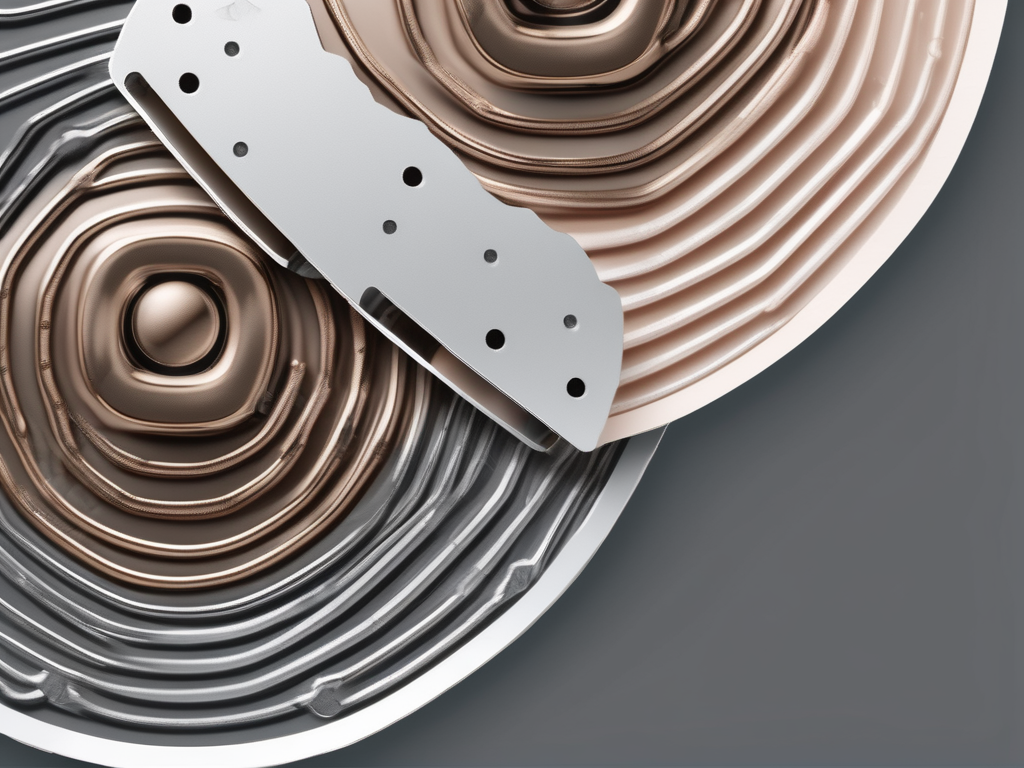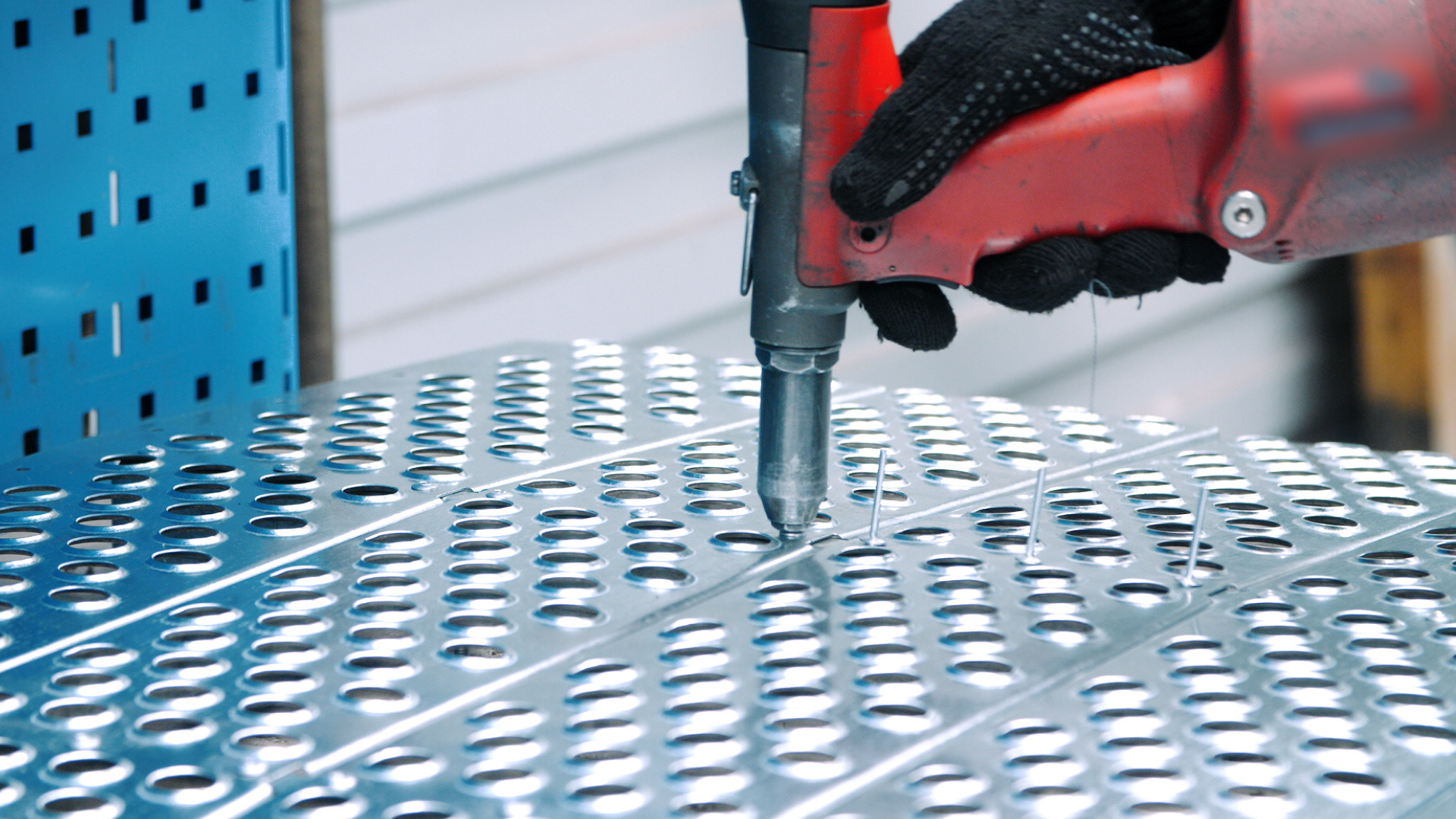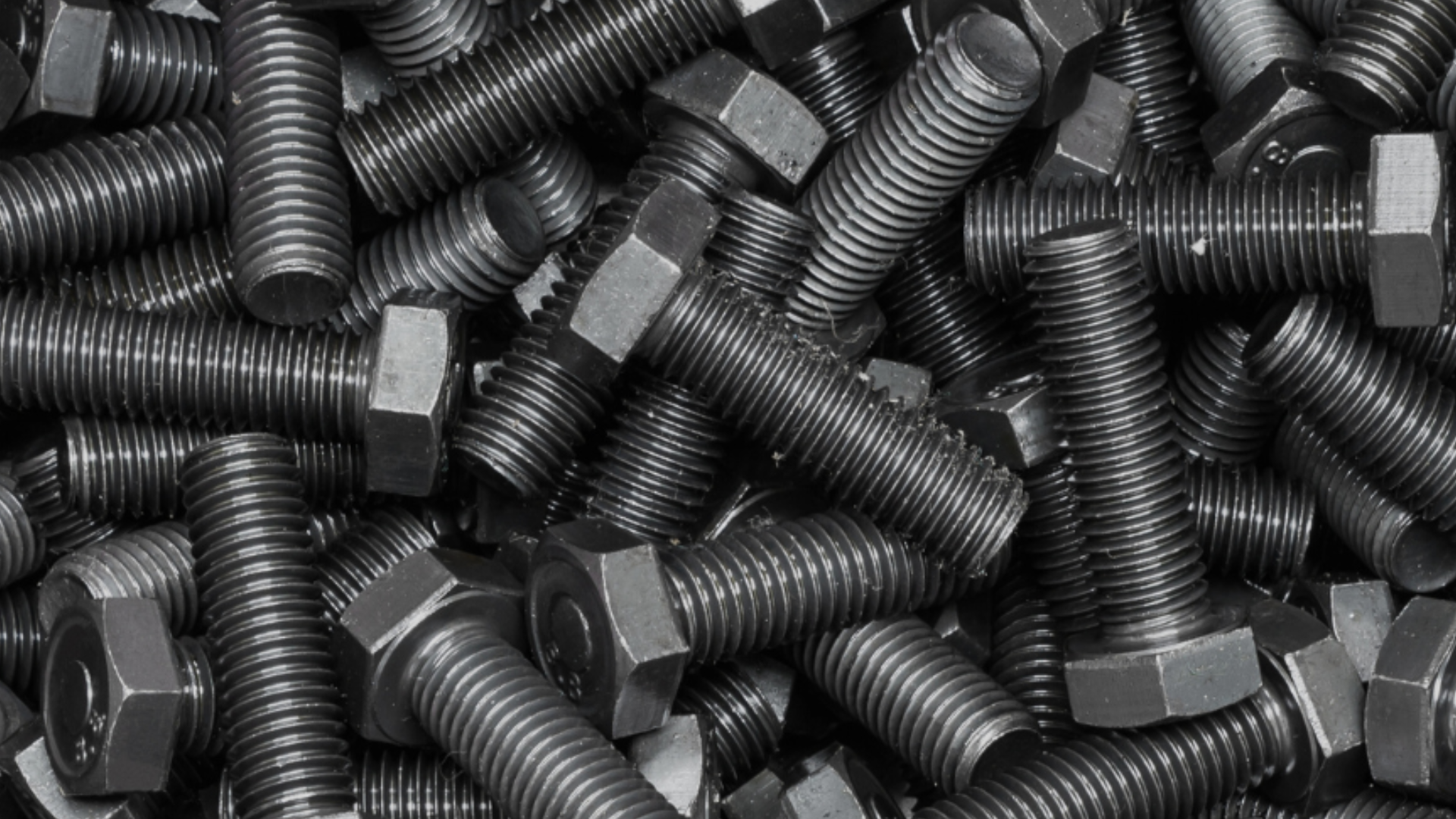Table of Contents
In the world of metal fabrication, achieving high-quality results is paramount. Whether you’re working on intricate laser cut projects or robust industrial applications, deburring metal parts is an essential step that cannot be overlooked. In this comprehensive guide, we will explore the importance of deburring, discuss the different types of metal burrs, delve into various deburring methods, and answer frequently asked questions. Get ready to elevate the quality of your metalwork to new heights!
The Importance of Deburring Metal Pieces
When it comes to metal fabrication, the devil is in the details. Even the smallest imperfections can undermine the performance, functionality, and appearance of your finished products. Metal burrs, those pesky protrusions and rough edges, can wreak havoc on your project if left unaddressed.
But what exactly are metal burrs? Metal burrs are tiny, unwanted pieces of metal that are formed during the manufacturing process. They can occur when metal is cut, drilled, or machined, leaving behind sharp edges and rough surfaces. These burrs not only detract from the overall quality of your metal pieces but can also cause a range of issues.
One of the main reasons why removing metal burrs is essential for achieving optimal product quality is their impact on functionality. Burrs can interfere with the fit and assembly of components, leading to improper alignment and compromised performance. Imagine trying to assemble a precision instrument only to find that the burrs prevent the pieces from fitting together seamlessly. This not only creates frustration but can also result in costly rework or even product failure.
Furthermore, metal burrs can cause unnecessary wear on surfaces. When two metal parts come into contact, the presence of burrs can lead to increased friction and abrasion. Over time, this can result in premature wear and tear, reducing the lifespan of your products. By removing these burrs, you ensure that your metal pieces maintain their integrity and functionality for an extended period.
Safety is another crucial aspect affected by metal burrs. Sharp edges and protrusions can pose a significant risk to both manufacturers and end-users. For manufacturers, handling metal pieces with burrs can lead to accidental cuts and injuries. On the other hand, end-users may unknowingly come into contact with these sharp edges, potentially causing harm or damage. By deburring your metal pieces, you eliminate these safety hazards, providing peace of mind for both you and your customers.
Lastly, let’s not forget about the aesthetic appeal of your metal parts. Metal burrs can mar the appearance of your finished products, giving them a rough and unfinished look. Whether you are creating metal components for industrial machinery or decorative pieces for architectural purposes, the presence of burrs can significantly impact the overall visual appeal. By investing in deburring, you can ensure that your metal pieces have a polished and professional appearance, enhancing their marketability and customer satisfaction.
In conclusion, removing metal burrs is not just a cosmetic concern; it is essential for achieving optimal product quality. By deburring your metal pieces, you improve functionality, increase durability, enhance safety, and elevate the overall aesthetic appeal. So, don’t overlook the importance of deburring in your metal fabrication process. Your products and customers will thank you for it.
Identifying and Preventing Different Types of Metal Burrs
Understanding the different types of metal burrs is the first step towards effectively preventing and addressing them. Let’s explore some common causes of metal burrs and discuss how you can tackle them head-on.
Common Causes of Metal Burrs and How to Address Them
There are several factors that contribute to the formation of metal burrs during the fabrication process. Poor cutting techniques, subpar tool quality, inadequate material support, and excessive heat are just a few culprits that can lead to unwanted burr formation. By addressing these root causes, you can minimize the occurrence of burrs and achieve smoother, more refined metal parts.
One of the most common causes of metal burrs is poor cutting techniques. When the cutting tool is not properly aligned or the cutting speed is too high, it can result in rough edges and burrs. To prevent this, it is important to use the right cutting technique for the specific metal being worked on. This may involve adjusting the cutting speed, using the appropriate cutting tool, and ensuring that the cutting tool is sharp and in good condition.
Another factor that can contribute to the formation of metal burrs is subpar tool quality. Using low-quality cutting tools can result in uneven cuts and burrs. Investing in high-quality cutting tools made from durable materials can help prevent burr formation. These tools are designed to provide clean and precise cuts, reducing the likelihood of burrs.
Inadequate material support can also lead to the formation of metal burrs. When the material being worked on is not properly supported, it can vibrate or move during the cutting process, resulting in uneven cuts and burrs. To address this, it is important to ensure that the material is securely clamped or held in place during cutting. This will help minimize vibrations and ensure clean cuts without burrs.
Excessive heat is another culprit that can contribute to the formation of metal burrs. When the cutting process generates too much heat, it can cause the metal to melt or warp, resulting in burrs. To prevent this, it is important to use the appropriate cutting speed and coolant. Cooling the metal during the cutting process can help dissipate heat and prevent burr formation.
By addressing these common causes of metal burrs, you can significantly reduce their occurrence and achieve smoother, more refined metal parts. Taking the time to use proper cutting techniques, investing in high-quality cutting tools, ensuring adequate material support, and controlling heat during the cutting process will go a long way in preventing and addressing metal burrs.
Methods for Effective Metal Deburring
Now that we understand the importance of deburring and how to identify different types of burrs, let’s explore various methods for effectively removing those pesky imperfections.
Deburring is a critical step in metal fabrication that involves the removal of unwanted burrs, which are raised edges or rough surfaces that can be left behind after the machining or cutting process. These burrs not only affect the aesthetics of the metal parts but can also cause functional issues, such as interference with other components or potential injury to operators.
One of the most common techniques for deburring is manual deburring. This method involves the use of handheld tools, such as files, sandpaper, and deburring knives, to remove burrs from metal parts. Manual deburring allows for precise control and is suitable for smaller-scale projects or intricate designs. It allows the operator to carefully remove burrs in hard-to-reach areas and achieve a smooth and polished finish. However, manual deburring can be time-consuming and labor-intensive, especially for larger batches or complex geometries.
For metal fabricators looking to streamline the deburring process and achieve more efficient and consistent results, automated deburring solutions are a game-changer. These cutting-edge machines employ various techniques to remove burrs quickly and effectively.
One popular automated deburring technique is tumbling. This process involves placing the metal parts in a rotating drum or barrel along with abrasive media, such as ceramic chips or steel balls. As the drum rotates, the abrasive media rubs against the parts, effectively removing the burrs. Tumbling is particularly effective for small, intricate parts that require a uniform deburring finish.
Another automated deburring technique is brush deburring. This method uses rotating brushes with abrasive bristles to remove burrs from metal parts. The brushes can be made of various materials, such as nylon, wire, or abrasive nylon, depending on the specific application. Brush deburring is known for its versatility and can be used on a wide range of metal materials and shapes.
Thermal deburring is another automated technique that utilizes heat and pressure to remove burrs. In this process, the metal parts are placed in a chamber and exposed to a mixture of oxygen and natural gas. The mixture is then ignited, creating a controlled explosion that removes the burrs. Thermal deburring is particularly effective for complex geometries and parts with internal cavities that are difficult to access with other deburring methods.
Automation not only saves time and effort but also ensures uniformity across large production runs. With automated deburring solutions, metal fabricators can achieve consistent and high-quality results, improving the overall efficiency of their operations.
Answering Your Frequently Asked Questions About Metal Burrs
Now, let’s address some of the most frequently asked questions regarding metal burrs to provide you with a comprehensive understanding of this crucial aspect of metal fabrication.
Q: What are metal burrs?
A: Metal burrs are protrusions or rough edges that form during cutting, shearing, or shaping processes. They can negatively impact the functionality, safety, and aesthetics of metal parts.
Q: Why do metal burrs form?
A: Metal burrs form due to factors such as improper cutting techniques, low-quality tools, inadequate material support, and excessive heat during the fabrication process.
Q: What are the consequences of not removing metal burrs?
A: Failing to remove metal burrs can lead to compromised fit and assembly, increased wear on surfaces, reduced performance, and potential safety hazards.
Q: How do I remove metal burrs from my metal parts?
A: Metal burrs can be removed manually using files, sandpaper, or deburring knives. Alternatively, automated deburring machines offer fast and consistent results for larger production runs.
Q: Can metal burrs be prevented altogether?
A: While it may not be possible to eliminate metal burrs entirely, employing proper cutting techniques, high-quality tools, and adequate support can significantly reduce their occurrence.
Q: Are there any industry standards for metal burrs?
A: Yes, different industries have established standards and tolerances for acceptable levels of burrs. It is crucial to adhere to these standards to ensure compliance and product quality.
Now armed with this essential guide, you have the knowledge and tools to tackle the challenge of deburring metal parts for your laser cut projects with confidence. Remember, precision and attention to detail are the cornerstones of exceptional metal fabrication. By mastering the art of deburring, you can elevate the quality of your metalwork to new heights, ensuring superior performance, durability, and customer satisfaction.



